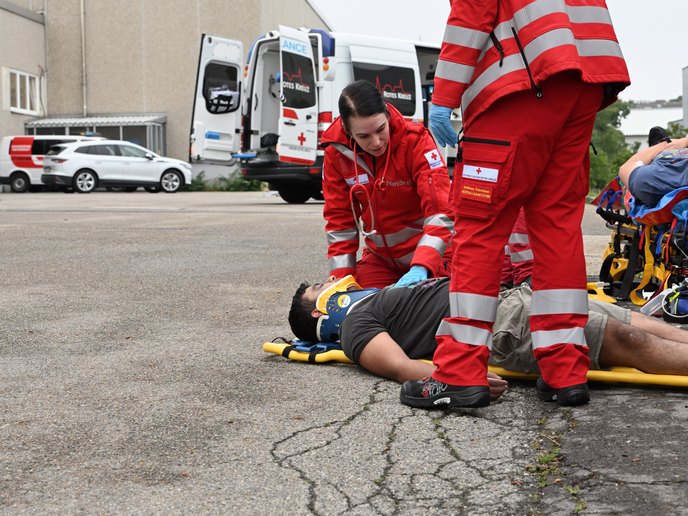Digital breakthrough in emergency medicine: smarter triage, faster response
Mass casualty incidents present significant challenges for emergency medical services (EMS), where every second counts in triage and response. Ensuring efficient coordination between first responders, hospitals and decision-makers is critical. The EU-funded iProcureSecurity PCP(opens in new window) project’s innovative digital triage management system is designed to advance EMS thanks to improved real-time casualty tracking, decision support and interoperability across emergency networks.
Bridging the gaps in European EMS
European emergency response systems vary widely due to differing organisational structures and technology standards. This diversity has long hindered interoperability, leading to inefficiencies in crisis situations. “The project ensured interoperability by conducting extensive user requirement engineering, engaging with EMS providers across Europe, and integrating process models while allowing flexibility for regional adaptations,” explains Bernhard Jäger, iProcureSecurity PCP project coordinator. By incorporating open market consultations and iterative prototype testing, the project developed a flexible, scalable triage system adaptable to diverse EMS infrastructures.
Innovative features: faster, smarter emergency response
At the heart of iProcureSecurity PCP’s solution are digital Triage Tags, real-time casualty monitoring, and AI-driven decision-support tools. These technologies enable paramedics to classify and track patients more effectively while reducing errors and improving response efficiency. “EMS practitioners emphasised the need for quick and accurate casualty identification, leading to the development of digital Triage Tags that enhance real-time tracking,” states Jäger. These tags improve patient outcomes by streamlining triage categorisation and facilitating faster medical intervention in mass casualty incidents. Furthermore, AI-powered tools assist EMS professionals in making informed decisions under pressure, enabling rapid triage and coordination. These innovations significantly improve situational awareness and emergency response outcomes.
Overcoming procurement challenges through innovation
To ensure supplier solutions aligned with EMS requirements, iProcureSecurity PCP implemented a structured pre-commercial procurement (PCP) process, combining transparent tendering with iterative feedback loops. “The project faced challenges such as ensuring supplier alignment with EMS requirements and managing diverse technological capabilities,” explains Jäger. “To address these, we implemented structured tendering with clear selection criteria and a dedicated Innovation Procurement Platform(opens in new window).” This platform serves as a bridge between suppliers and public procurement markets, fostering industry engagement, knowledge exchange and long-term sustainability for digital triage solutions.
Flexible triage management designed for broad use
Beyond the immediate benefits to EMS, the iProcureSecurity PCP solutions set a new standard for digital emergency response across Europe. The project’s interoperable and scalable approach ensures its potential for broader adoption in crisis management, disaster response and humanitarian aid missions. The project’s Guideline on PCP Projects(opens in new window) offers insights for disaster response-related stakeholders involved in emergency procurement, and its pilot demonstration video(opens in new window) showcases the system in action. With its advanced triage system and digital connectivity, iProcureSecurity PCP is transforming EMS, saving lives and strengthening Europe’s crisis response capabilities.
Keywords
iProcureSecurity PCP, EMS, digital triage, interoperability, emergency medical services, mass casualty incidents, innovation procurement, casualty tracking, AI



